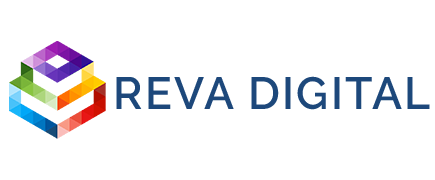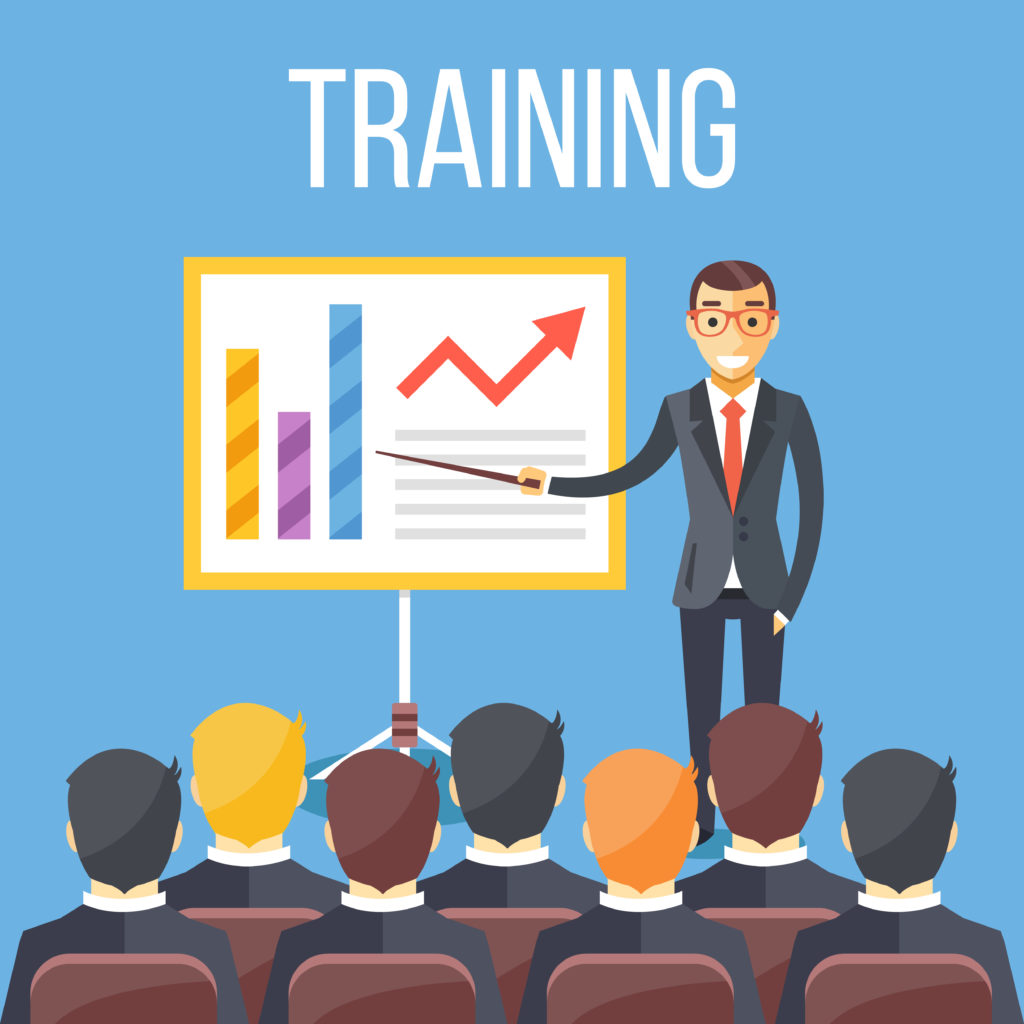With the ever-changing dynamics in the corporate world, there is always need for further training. Over the past few decades, there has been an unprecedented change in technology, management structures and communication channels in business all over the world. This has greatly increased the need for corporate training so as to equip business leaders, managers and employees with new skills and attitudes to handle the new and emerging challenges.
However, it has been noted that quite a number of organizations still face the same challenges despite investing heavily in training programs for their staff. This has led to suggestions that there could be a problem with some of the available corporate training programs. This is in consideration of the fact that many of the learners in such programs have to juggle family and employment responsibilities at the same time.
Including learner experience design in your corporate training program can greatly improve the effectiveness of the program. Well thought out learner experience design has the potential of creating engaging, relevant and memorable learner experiences for the staff. These experiences can help motivate your staff to successfully solve specific challenges that the organization faces. The following are important steps to follow so as to include learner experience design in your corporate training.
Design a Clear Learning Map
This is the first stage of all meaningful learning. Staff of any given organization have a lot of responsibilities and will want to know what they will learn and for how long, so that they can factor the learning into their busy schedules. Make it easy for them to understand the need for training, the scope of the training, and the time for the training. This is one way that will help make them interested in the program.
Understand Time Constrains and Capture It in Your Training
Time is of great importance to adult learners anywhere, so don’t take it for granted. Staff of an organization are adults and they often have many other responsibilities that they have to handle. Take time to create a learning plan that gives adult learners the freedom to effectively manage their time and juggle several other responsibilities. This will help make it easy for the learners to be fully engaged in the program as they have time for other activities.
Directly Link Learning Activities to Organizational Goals
As an employee of an organization, it becomes interesting to learn when you can tell how what you are learning will help both you and your organization achieve certain goals. So make the connection and let the learners see it clearly, and they will make an extra effort to learn what you are trying to teach them.
Build On the Existing Body of Knowledge
Some corporate trainers make the mistake of tossing the old knowledge for the sake of the new. This is a big mistake. The old knowledge, although may now have issues, has served some of the employees you are training quite well and tossing it only creates disdain for what you are trying to teach. So instead of trying to start on a new slate, find out what your learners already know and seek to build on it. This will help create a smooth transition to the new knowledge and hence improve their learning experience. In addition, employees who have taken an extra step to learn something new will feel that you value their efforts and thus will have good educational experiences that will help tackle the organization’s challenges.
Seek to Provide More Real World Simulations
Linking learning with real life situations will help get your learners get involved in the learning and create a fruitful interaction that can change the learners’ attitudes and behaviors. Use examples and hypothetical situations in your program that can arouse your learners so as to help them understand what they are learning better. This will help you create fertile engagement ground where your learners will share their experiences and knowledge, thus reinforcing your material.
Seek Feedback
Corporate training is long-term, so don’t just stop at the end of a training session, seek feedback to improve your learner experience design. Seek feedback both during the training and after training. This way you will know if the presentation methods you employed were effective or not. Today, we worry a lot about performance. But research shows us that how people perceive the training is also important. So always seek feedback.

